A song and a tune
Turn of the Wheel – 3:50 – James Keelaghan
An Dro Nevez – 4:43 – Alan Stivell
Turn of the Wheel is by Canadian singer-songwriter James Keelaghan and is from the above 2004 album Then Again, but this song had been written in 1994. Keelaghan studied History at university and many of his songs are storytelling about true episodes from the past, or like this one, about other aspects of our heritage. Here is his liner note for this song:
A scaled down version of the original tune. [On his 1995 album A recent future.] This one is just me and the guitar. The song was vaguely inspired by conversations I had with my friend Doris Ross about chaos theory. Doris, and her husband Bruce Fine, were living in New Orleans at the time and a sense of chaos was heightened one night when we went on a wild chase through the center of New Orleans, with a police officer in our car, helping him try to catch his horse, which had somehow gotten away on him. Something like that could only happen in New Orleans where Doris vowed that chaos was at its most elegant.
The wheel that he is referring to in this song would be the passage of time. As I’ve mentioned a few time already, after that bronze age invention reached our pagan ancestors in northern Europe they began to envision the cycle of seasons as being like the turning of a wheel. Back in my Dec 7 essay, the first one in the Ancient Origins series, I discussed how linguistic archaeologists are able to study the past because words represent concepts. Things also can also represent, or inspire concepts.
When our ancestors first encountered the wheel they discovered a new way of looking at how the world works. Perhaps they didn’t at first, when the wheel was under a moving cart. But when the a cart’s wheel is elevated off the ground, for example when it is being repaired, they could see the center of the wheel remaining stationary while its perimeter turns around and around, like the stars in the sky do around Polaris (the North Star.) It is a repeating cycle, just like the changing seasons are a repeating cycle.
Again as I have mentioned before, the Germanic and Nordic word for the beginning of a new annual cycle Yule may be derived from their word for wheel. A wheel has no beginning and end points but it would also have been natural for early farmers to conceptualize the end of the harvest as the end of the farming year. Preparations for Spring planting, and the birthing season for livestock, could seem like the birth of the next yearly cycle. Perhaps midwinter was envisioned by some as the conception of the new year.
An Dro Nevez is from the above ground-breaking 1972 vinyl album by Alan Cochevelou, whose stage name is Alan Stivell. Stivell means "fountain" or "spring" in Breton. When he recorded this live album he already had a reputation for being a strong proponent of the Breton language and culture, as well as for being a master musician who was instrumental (sorry about the pun) in reviving interest in the Celtic harp.
What made the album ground-breaking was that it was a live recording from a concert tour at which Alan Stivell, known for being a Breton traditionalist, performed with electric instruments for the whole second half of the show. This was three years before I was one of the members of the audience in Minneapolis who booed Bob Dylan for doing the same thing.
Stivell’s concerts on that tour, and this very successful album that followed it, are considered to be important milestones in the invention of folk-rock music, and Celtic rock music in particular. For this tune Alan plays the binioù kozh, or small Breton bagpipes.
I do not know the origin of this song, but i have a guess. An dro is a distinctive type of Breton dance, and nevez is Breton for new. When I searched for its origin online all I found was someone else recently asking about its origin in the comments section of a posting of the melody on an Irish music website. I especially liked this response to the enquiry from “birlibirdie”:
Today most trad musicians and bands like to cite the source of their music. Back in the 70’s some musicians and bands like Stivell or the French band Malicorne liked to keep an aura of mystery or organicity over their music. Which could be frustrating if you wanted an immediate answer but also had the ‘hidden’ advantage of sending you, the curious listener, on a quest…
I suspect that Alan Stivell has been asked the question many times, and has probably replied … in the Breton language.
While the tune has come to be widely known as An Dro Nevez I could find no earlier versions of it than this one, and on its track list it is simply called An Dro which is a Breton folk circle dance tune. So that would be like playing a waltz and calling it Waltz. So, as with John Jacob Niles which I discussed yesterday, I suspect that Alan may have written the tune even though the album cover says that all tracks except one song are traditional. Possibly it developed spontaneously while Alan Stivell was jamming with his fellow band members. See my comments yesterday about John Jacob Niles for how things like this can be a legitimate aspect of folk music.
If you would like to hear a more sedate version of this Breton an dro dance song, I suggest this one played on the Celtic harp by Patrick Ball, or this one played on four harps by Lori Pappajohn’s Winterharp ensemble.
No essay from me today, but a long quotation from someone else instead

The following thoughtful words come from Andras Corban Arthen’s introduction to MotherTongue’s album This Winter’s Night: A Celebration of the Winter Solstice, two selections from which will be featured tomorrow. It includes statements for which I have neither sought nor found evidence, but it also does not say anything that my research has found to be untrue.
No time of year lends itself so well to celebration, or is so laden with powerful symbolism, as the Winter Solstice. The return of the Sun’s light is the culmination of the longest night. The promise of increased warmth on the first day of the coldest, harshest season is as potent an affirmation of hope, endurance, renewal, and life itself as we can find in all of the natural world. It is not coincidental that so many spiritual traditions have established major holy days at this time.
In our culture, most of the best-loved wintry festivities and symbols originated in the ancient, pre-Christian pagan traditions of Europe. Seasonal gift-giving and caroling, the Yule log, the “Christmas” tree, and even venerable old Santa Claus are adaptations of pagan customs, myths and symbols.
The pagans were the “people of the land” – the farmers, the herders, the country folk who lived close to nature and kept the Old Ways alive. Like the indigenous peoples of this continent, they lived in tribal societies and encompassed many cultures and languages. They venerated ancestral spirits and revered the Earth, and the Great Mother. They followed seasonal calendars which reckoned the tides of Earth, Sun and Moon. They performed sacred rituals in which they often gathered in a circle and called the powers of the four directions with charms and prayers, dancing and drumming. They experienced the physical, natural realm as alive and holy, seeing the divine intrinsically within the world, not separate from it.
Paganism never died out. It survived Christianization and secularization by concealing itself in story and in song, in dance, and symbol, and folklore. It has remained alive in the tree, and the fire, and the stone, and in the land itself. It has endured because nature endures.
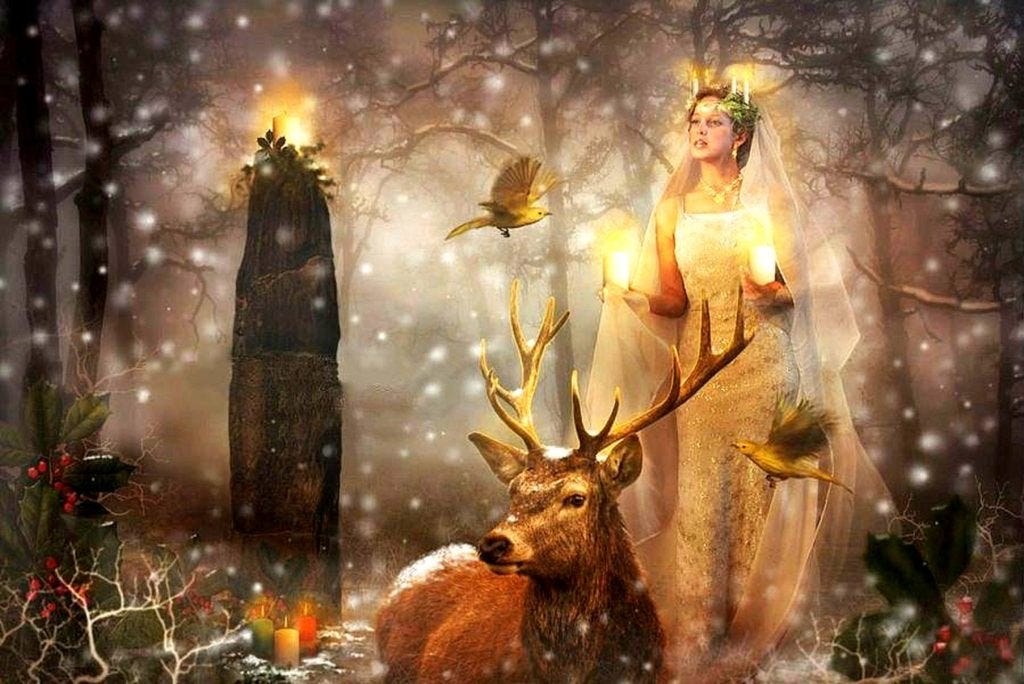
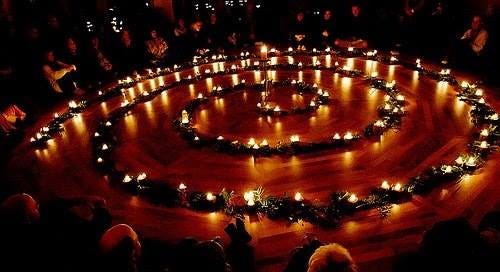



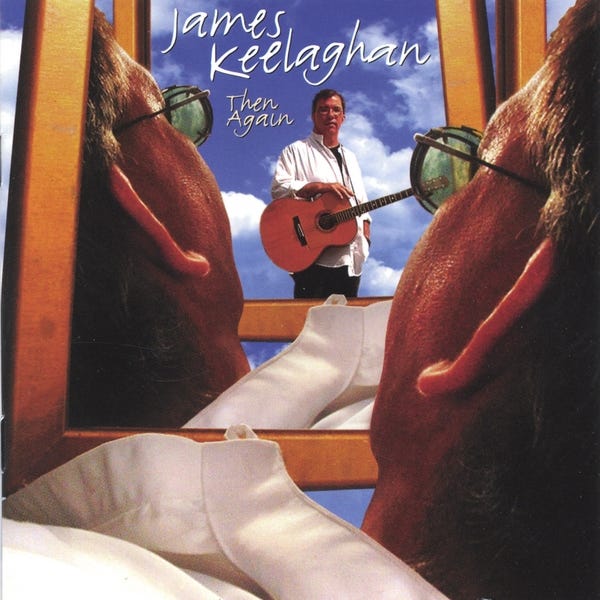
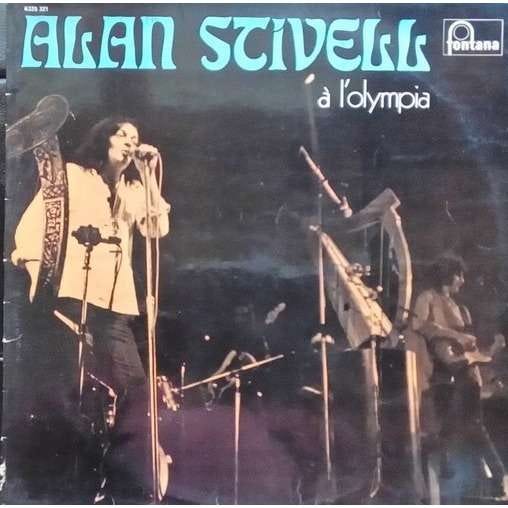

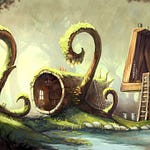
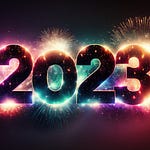

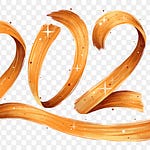

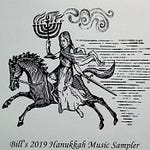
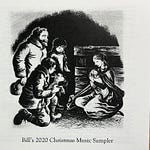

Share this post